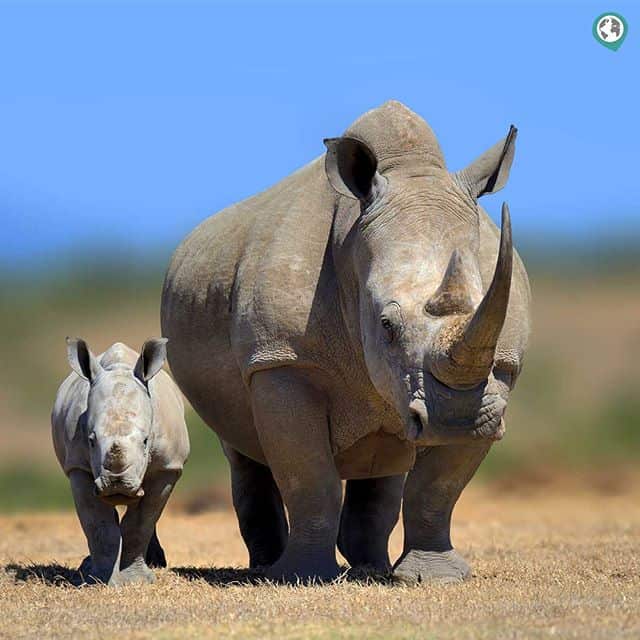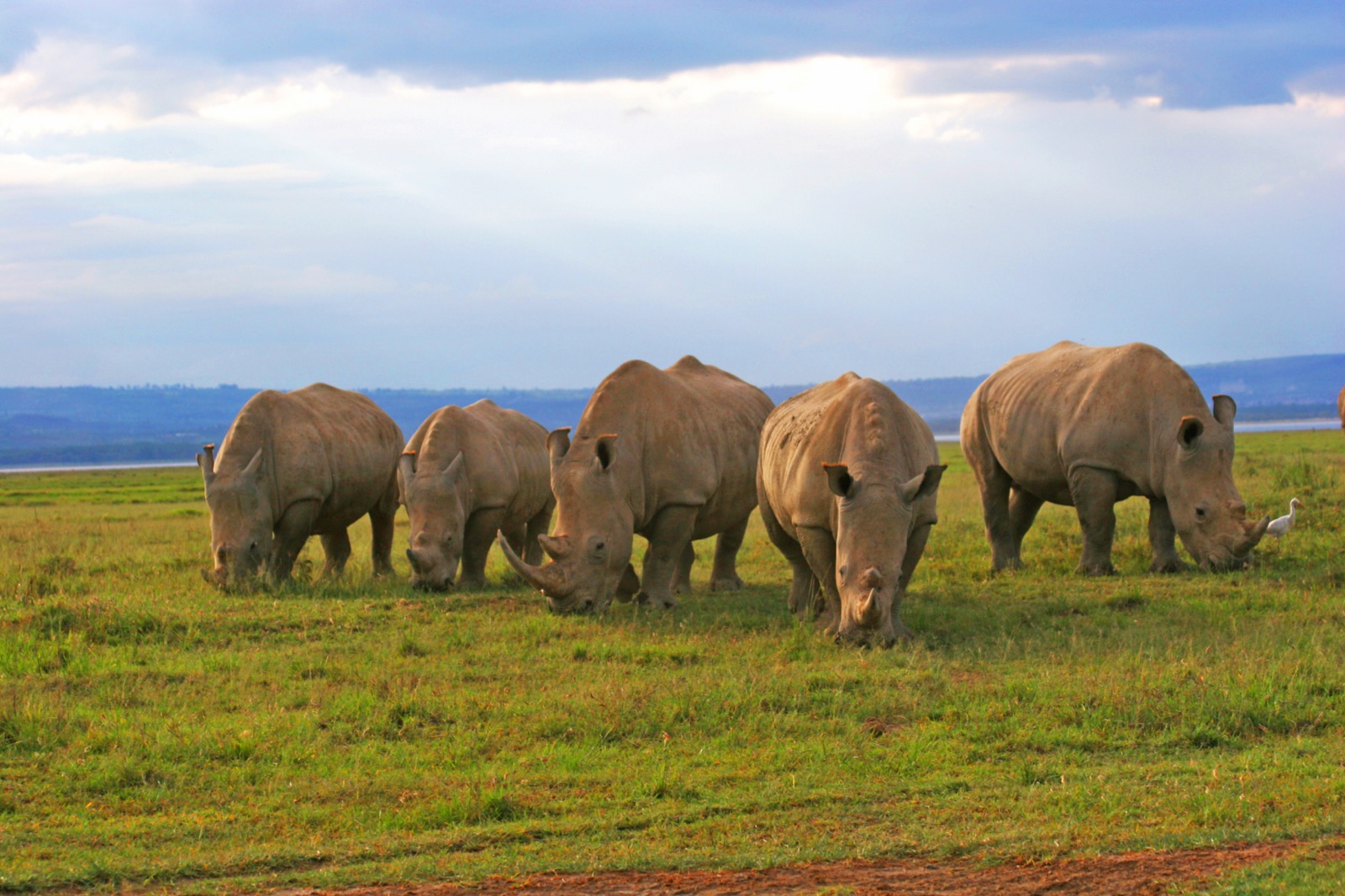


From June to October, Kenya is cooler and the Masai Mara is verdant. Throughout the year there is an abundance of wildlife, but most tourists go on safari from January to March and July to October. You can see rhinos in Nairobi National Park, Lake Nakuru National Park, Ol Pejeta Conservancy, Solio Conservancy, Borana Conservancy, Meru National Park, Lewa Conservancy, Tsavo West National Park, and Ruma National Park. They can also be seen in the Masai Mara, Tsavo, Meru, Samburu, the Aberdares, and Mount Kenya. The most elephant-friendly locations are Amboseli National Park and Selenkay Conservancy. They can also be seen in many other Kenyan parks and reserves. Some of the best places to see lions, leopards, and cheetahs are the Masaai Mara Reserve and Mara Conservancies. Where to See the Big Cats (lions, leopards, cheetahs) It’s very common to see the following animals on a Kenyan safari: elephants, giraffes, wildebeest, buffalo, zebra, hyenas, jackals, lions, elands, gazelles, impalas, waterbuck, and warthogs. The ugly five are the underdogs of the savanna, but that doesn’t mean they aren’t interesting! They may be a little ugly, but they’re fun to watch and each serves a purpose in the ecosystem. They’re actually less common to see than the Big Five. The phrase “ little five” was created by conservationists to encourage interest in small but special (and very elusive) animals. Safari companies and conservationists have adopted the phrase to encourage tourists to spot these animals while on safari. The Big Five phrase was originally coined by big game hunters – they are the five hardest animals to hunt on foot, not the largest animals of the savanna. If you are going on safari in Kenya, you’ll want this animal sighting checklist.


 0 kommentar(er)
0 kommentar(er)
